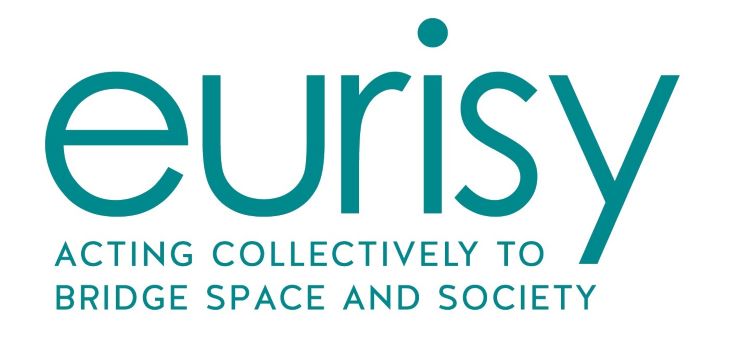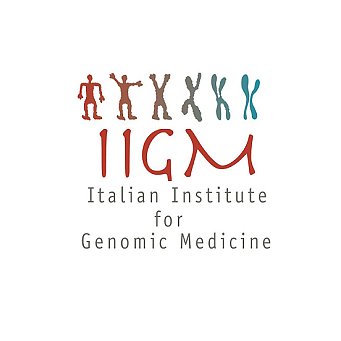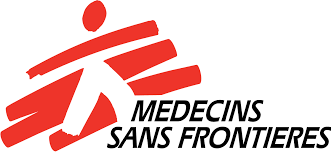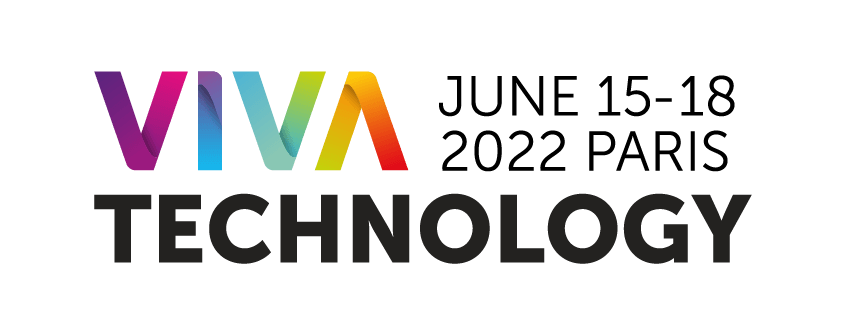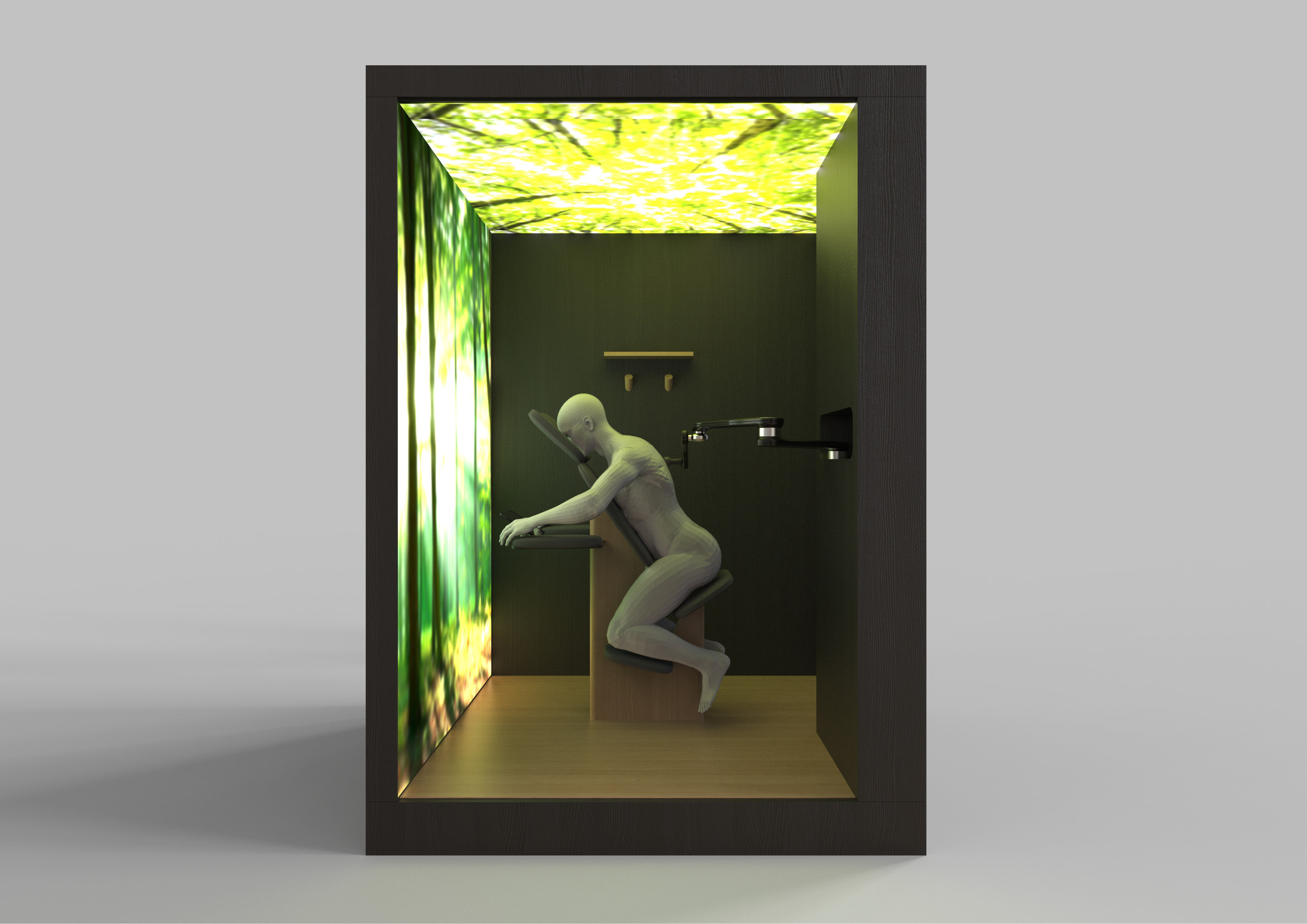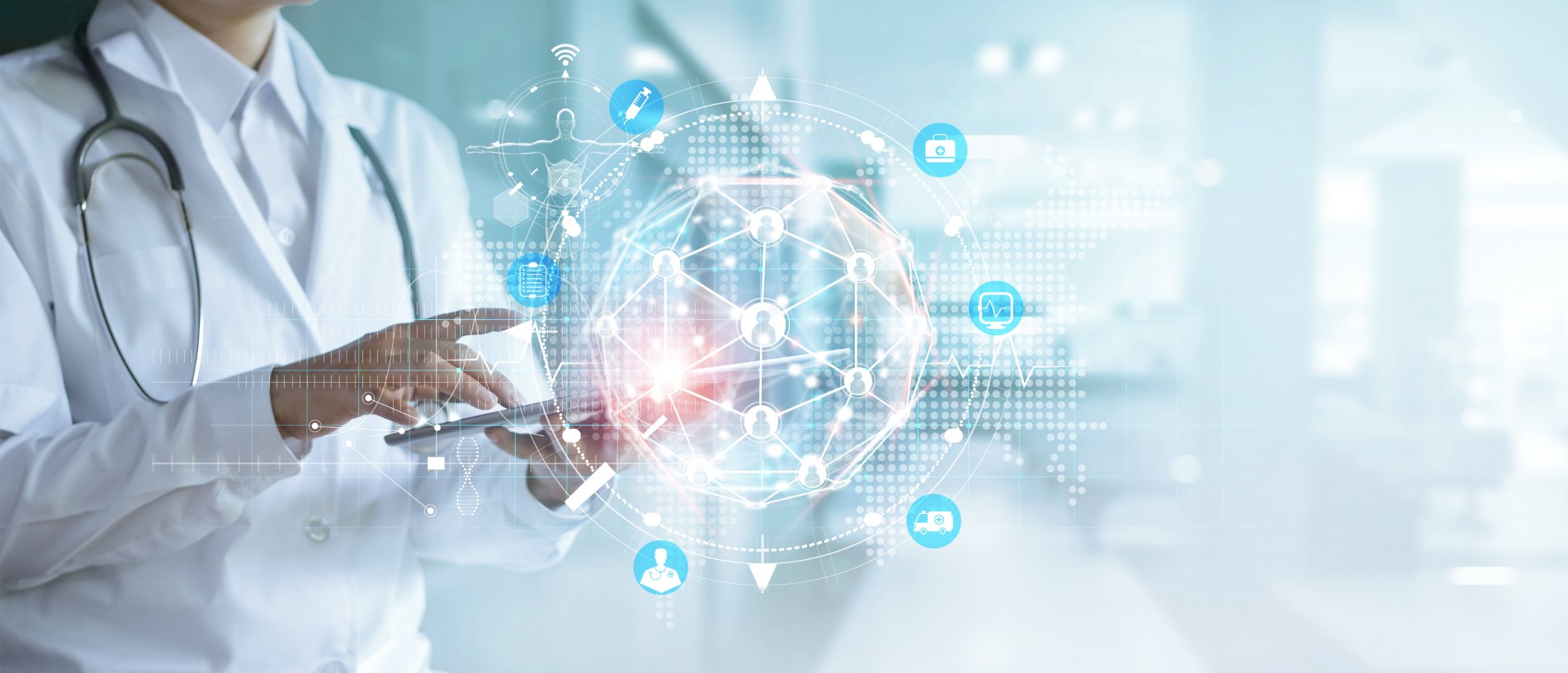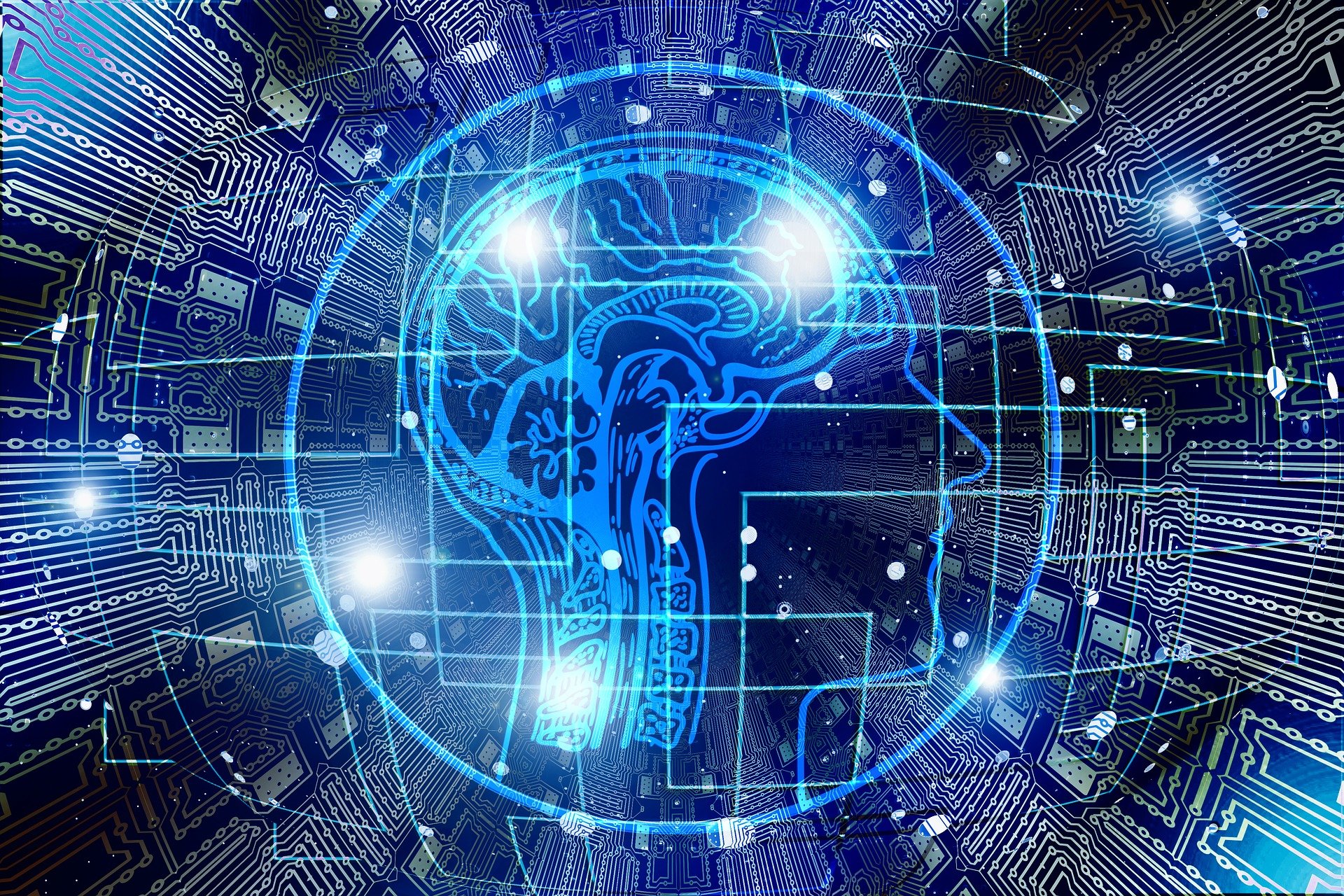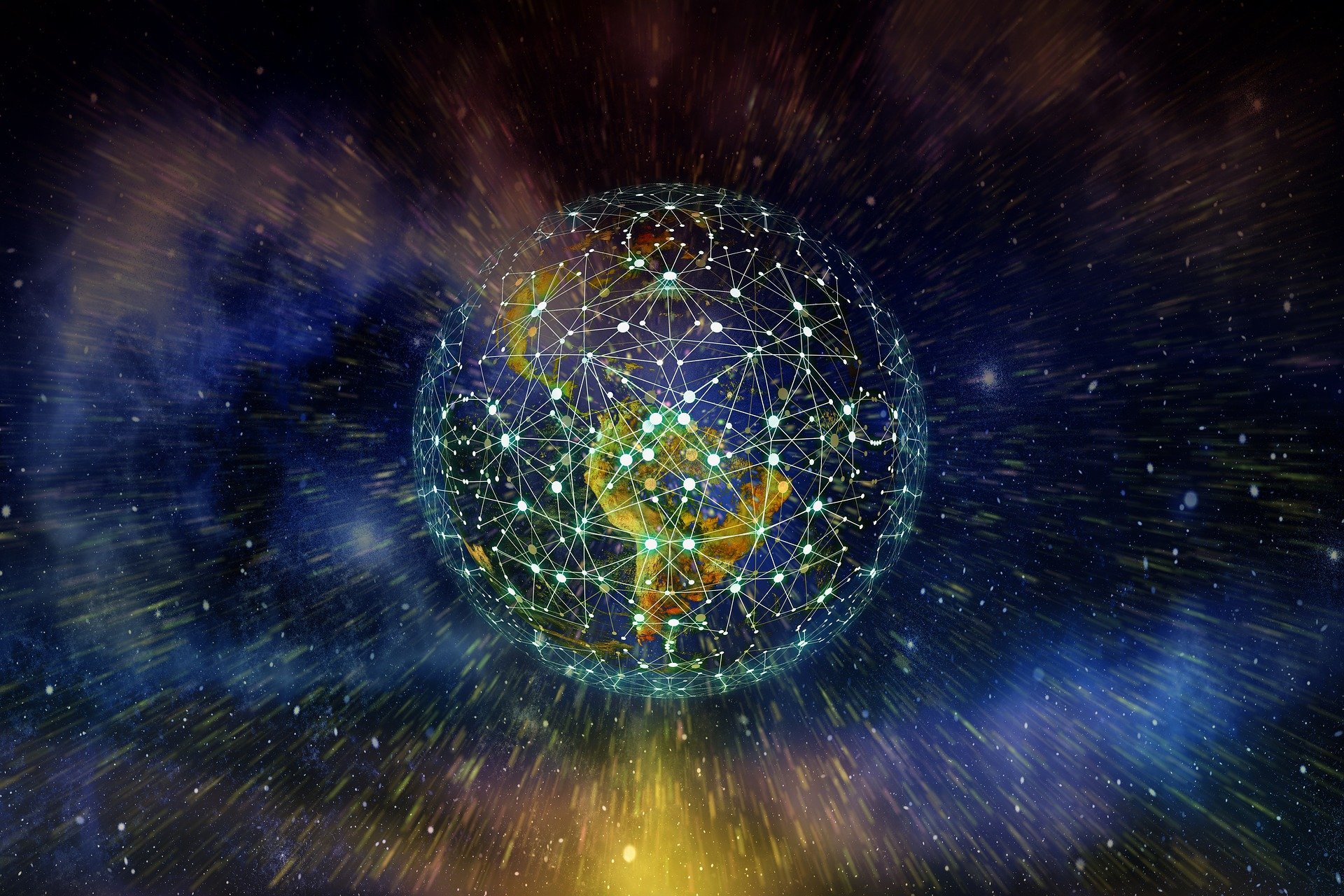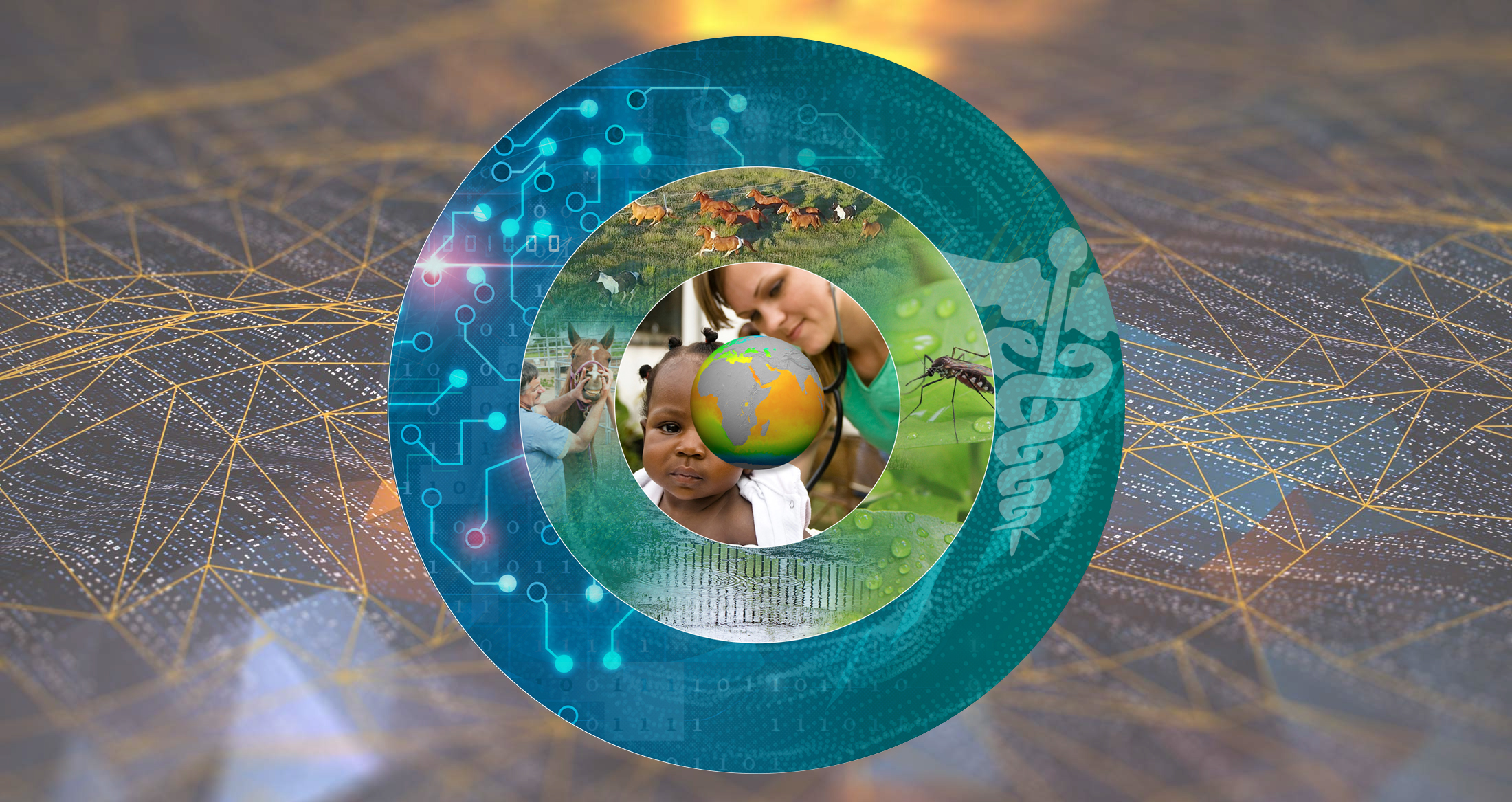The application of space-based systems to improve human health, or “Space for Health”, is one of the most notable and perhaps surprising success stories of recent years.
It supports the protective needs of individuals, but also helps society as a whole respond to from hazards such as infectious disease outbreaks, as well as enabling crisis management (such as response to natural disasters, emergencies, terrorism).
The health sector was hit by COVID-19 unprepared and with severe consequences. At the same time, the pandemic accelerated its digitalisation in an unprecedented manner, especially in form of teleconsultations and digital analytics solutions. Through telemedicine patients can diminish geographical or physical barriers (e. g. consultation, home monitoring, prevention, second opinion or even robotic surgeries). This is relevant for the lockdowns, but it is also a daily challenge for remote areas with fewer doctors and specialists and low or no internet connection. Satellites also find and connect patients in difficult to access areas (e.g. mountains, water, air) and during emergencies or disasters.
Digital self-monitoring devices and applications (mobile health) – for elderly, as part of the so-called silver economy, but also younger generations – are in need of connectivity. In fact, various chronic illnesses can be monitored in real-time, ensuring timely action (for example in the case of telecardiology). ESA’s experience from space, in particular Human Spaceflight and Robotics, and health applications are influencing each other, leading to technological adaptations and improvements. Tissue engineering or cancer research in micro-gravity environments are examples of this highly innovative research area.
On a macro level, the concept of One Health plays a key role as a systematic approach to understanding environmental change and damages (deforestation and extensive farming, among others), impact on animal health, and consequently its impact on human health, especially for water-borne and vector-borne diseases. Improved scientific collaborations with shared datasets from various sources and the use of artificial intelligence will further improve skills in monitoring, tracking, screening, mapping and modelling of diseases and pandemics.
